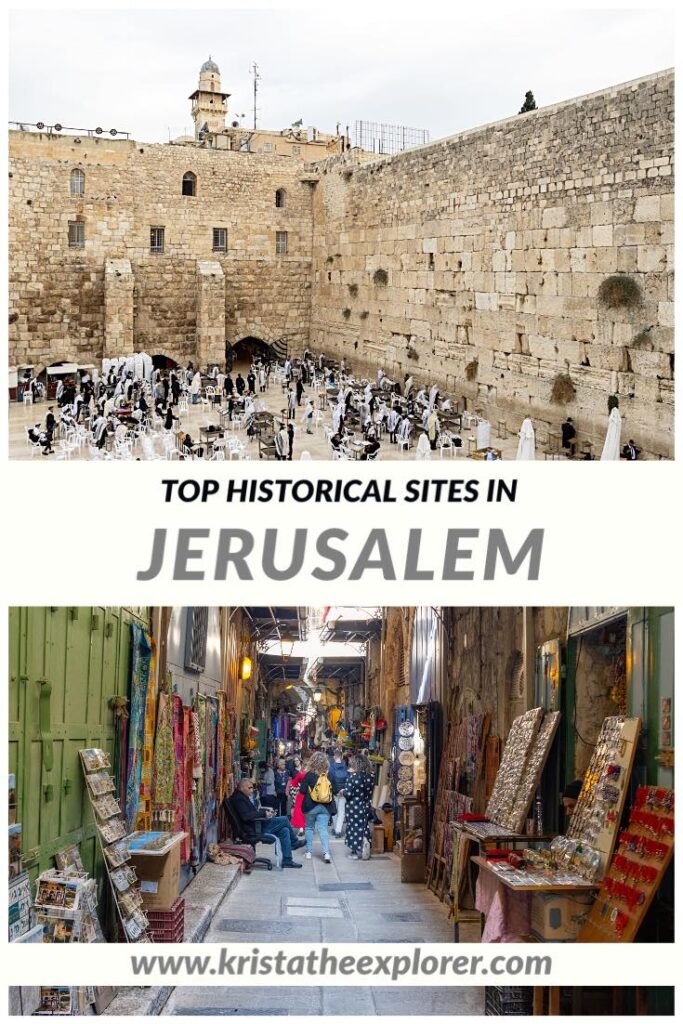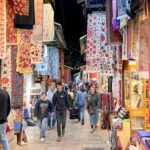Out of all of the historical places in Israel to visit, Jerusalem is a must, especially if it’s your first time visiting this fascinating Middle Eastern country. We spent a total of 3 days in Jerusalem. It wasn’t nearly enough time to dive into the thousands of years worth of history here. It was enough, however, to visit the main historical sites in Jerusalem and learn more about its diverse history.
Although we spent most of our time in Jerusalem’s Old City, we did manage to go further afield and visit some more modern sites as well.
The history of Jerusalem is difficult to summarize in only a few words. Archaeologists have estimated that the first settlement on this site dates back to at least 3500 BC. It wasn’t until the time of King David in 1000 BC that Jerusalem became the capital of the Jewish kingdom. The city has been conquered by a whole host of different people, from the Romans to the Persians and even the Crusaders. With so many different cultural influences over the past few thousand years you can imagine just how special it is to walk around.
There’s certainly a lot to do in the Israeli capital. One of the most popular ways to experience and visit the historical sites of the city is through Jerusalem Guided Tours if you don’t want to miss out on the city’s highlights. Here are some of the top historical sites in Jerusalem that you can’t miss during your next trip.
Historical sites in Jerusalem
1. Western Wall and the Western Wall Tunnels
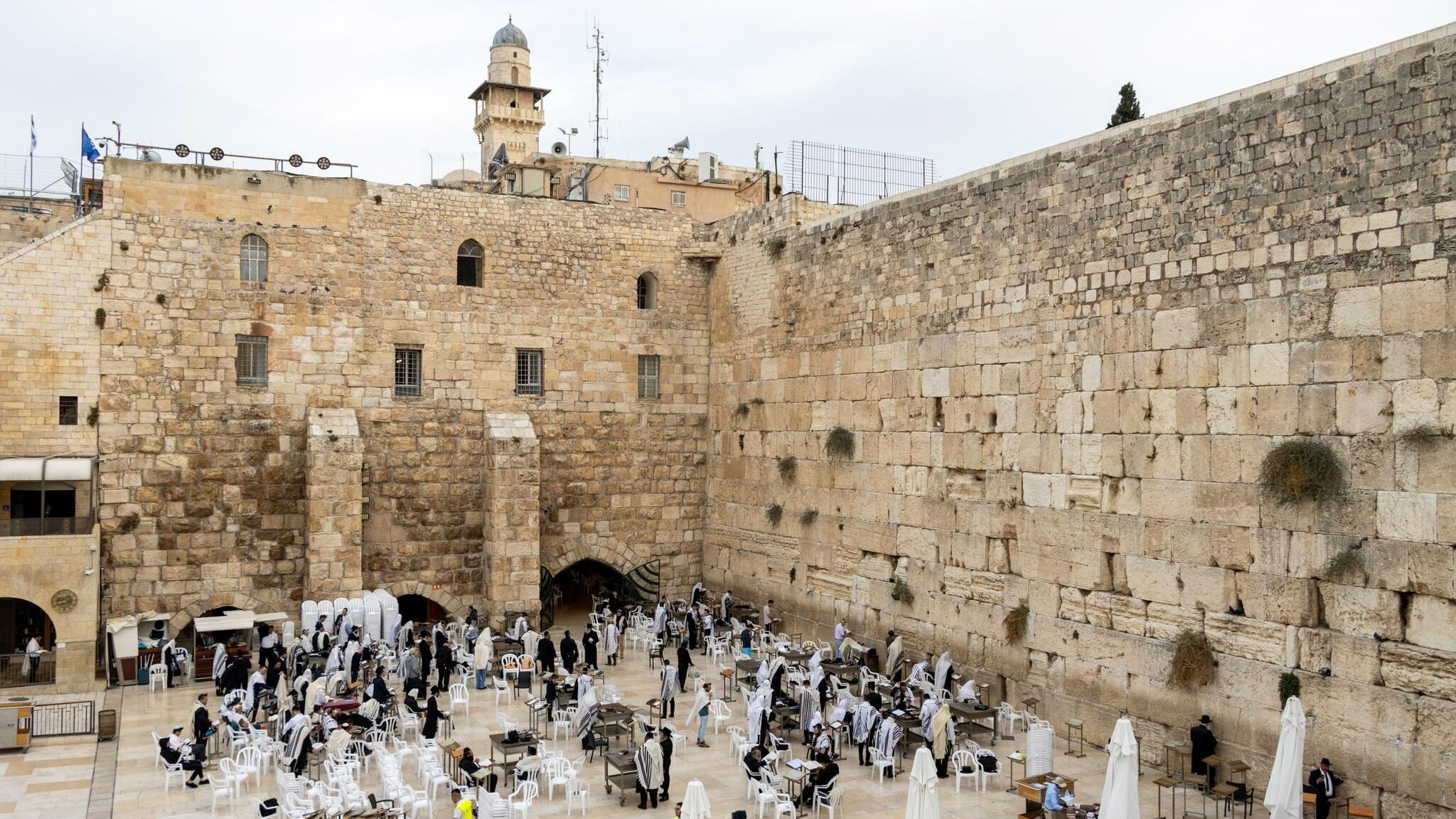
The biggest tourist attractions in Jerusalem are its holy sites. None are perhaps more famous than the Western Wall, also known as the Wailing Wall or Kotel. The Western Wall is the holiest site in the world for Jewish people. It’s the last remaining outer wall of the ancient Jewish temple that was located on Temple Mount.
The wall itself dates back to 20 BC. When the Romans destroyed the temple 90 years later it was the only wall to survive. This is the closest the Jewish people can get to pray near Temple Mount so it’s one of the most important religious and historical sites in Jerusalem.
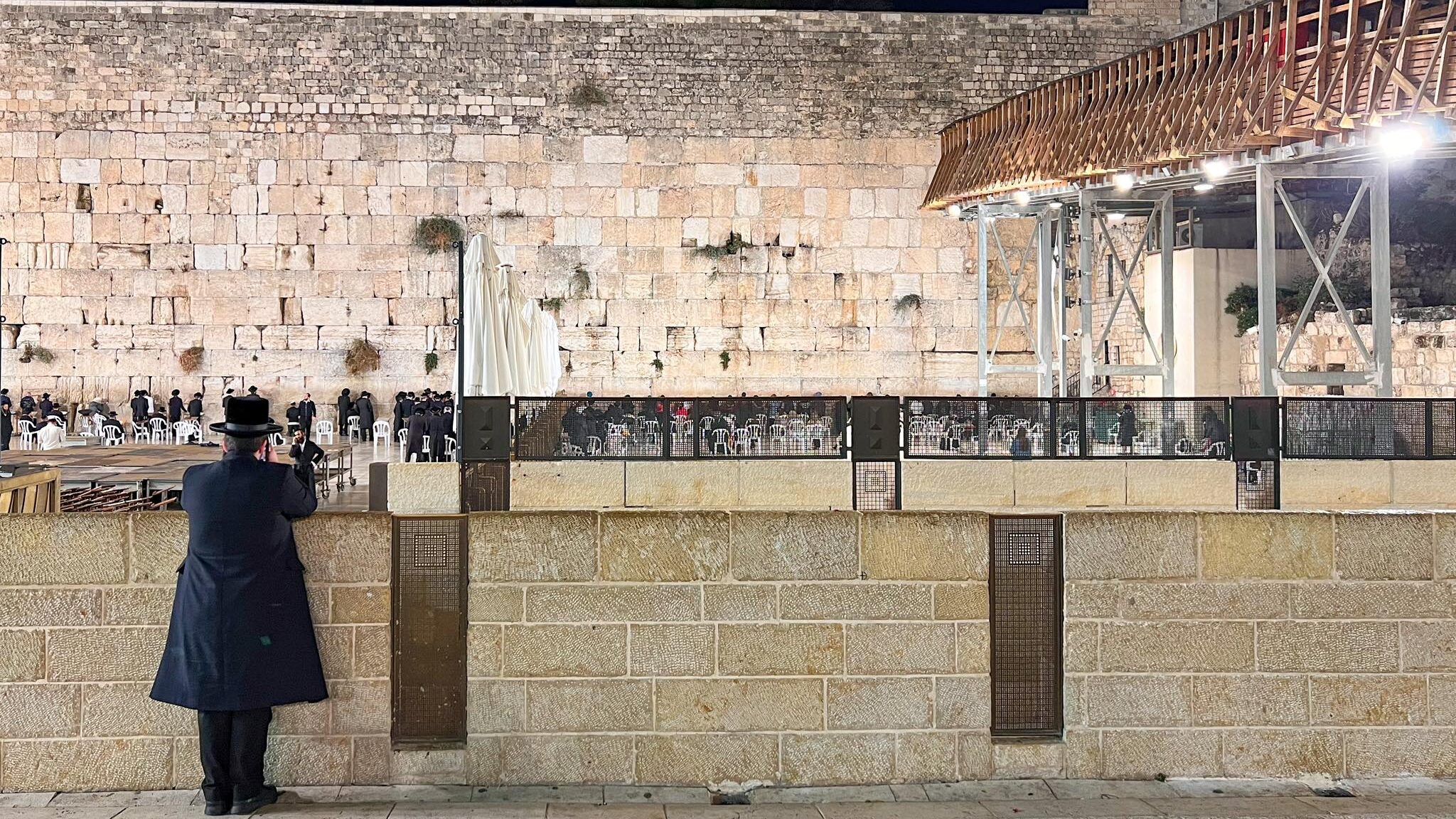
Visiting the Western Wall is one of the best free things to do in Jerusalem and it’s open 24/7. It’s very busy during the day with Jerusalem walking tours and people praying. A good alternative is to visit it after midnight for a different perspective of the wall. You’ll need to pass through security to enter the Western Wall Plaza so make sure you factor that in.
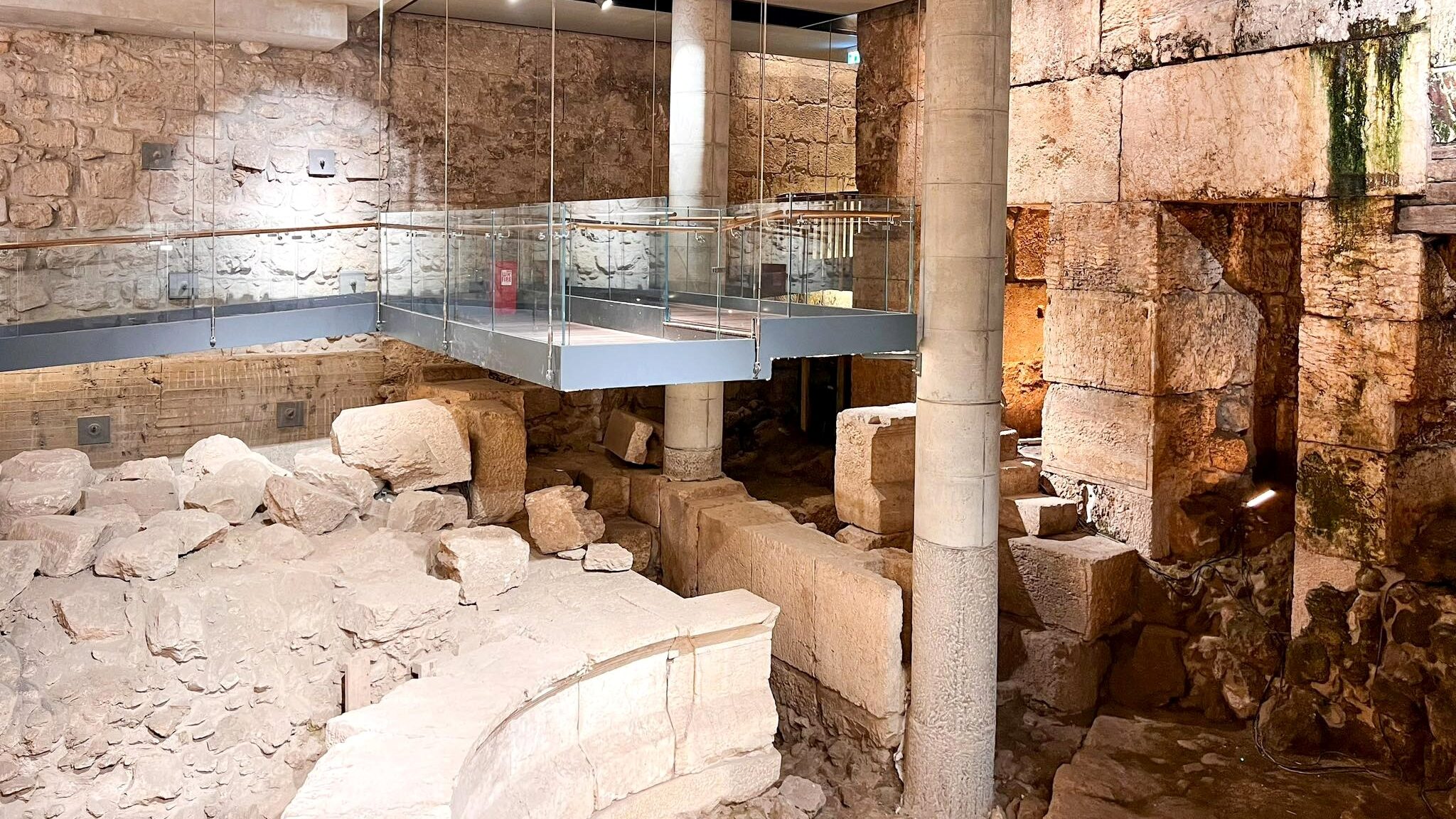
Did you know the Western Wall goes further underground? If you’re interested in archaeology then you’ll definitely want to add the Western Wall Tunnels to your Jerusalem itinerary. This is an incredibly interesting tour that takes you underground to explore the tunnels of ancient Jerusalem. During the tour you’ll see parts of the Western Wall that are hidden from public view.
It’s an ongoing archaeological site and there are currently two tour options available. Entry costs 38 shekels and is only available with a guided tour. This is certainly one of the top historical sites in Jerusalem to visit for history enthusiasts.
2. Temple Mount and Dome of the Rock
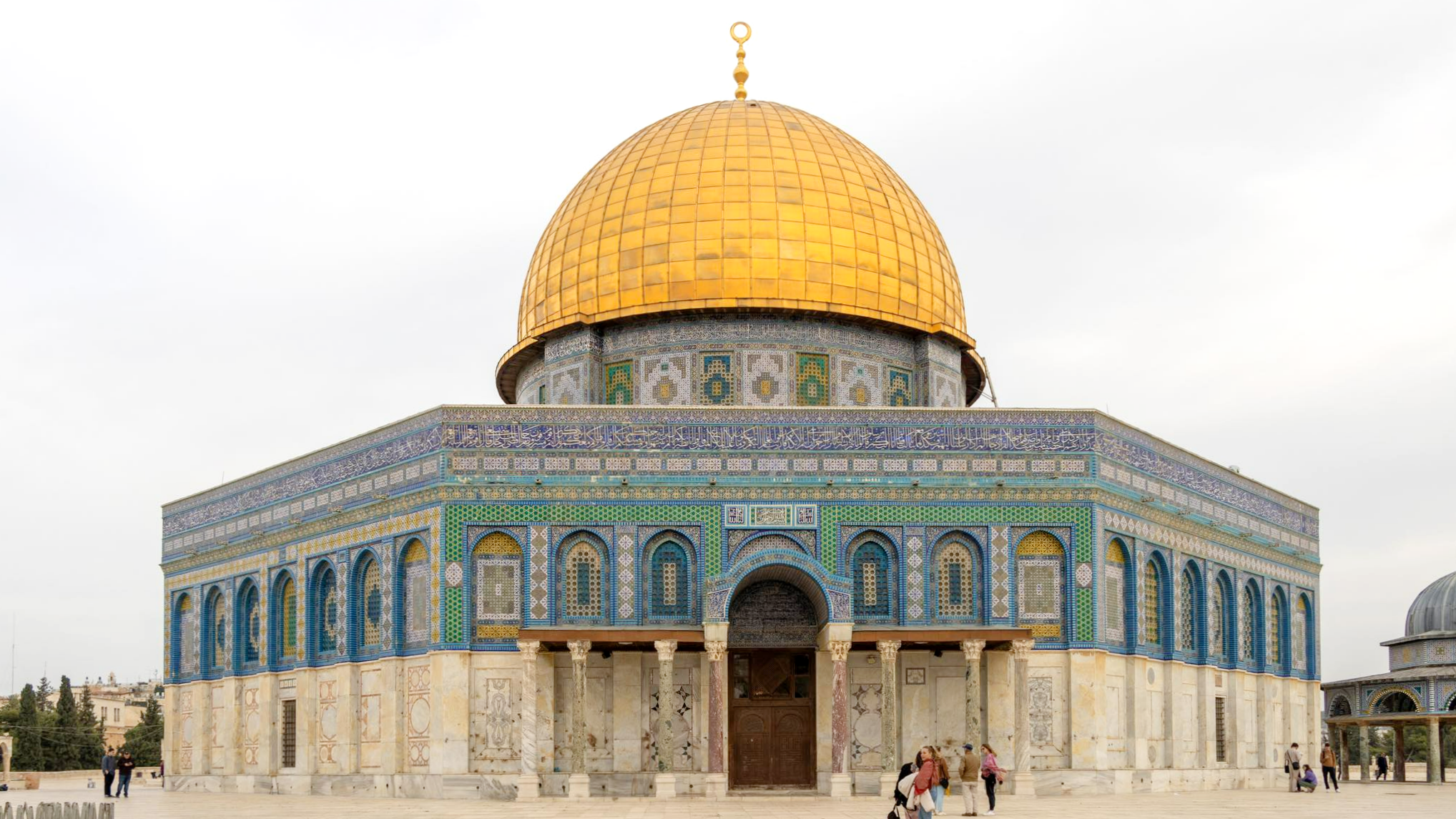
Located directly behind the Western Wall is another example of the many historical sites in Jerusalem – Temple Mount. This is the third holiest site for Muslims in the world. It’s where you’ll find the Dome of the Rock, which was built in the 7th century. It’s even more impressive to see in person, so photos don’t really do it justice.
This site is just as important for the Jewish people as it’s where the Second Jewish Temple was built in the 1st century BC. Temple Mount once served as the centre of religious life in biblical times so you can imagine how much history there is to learn about here.
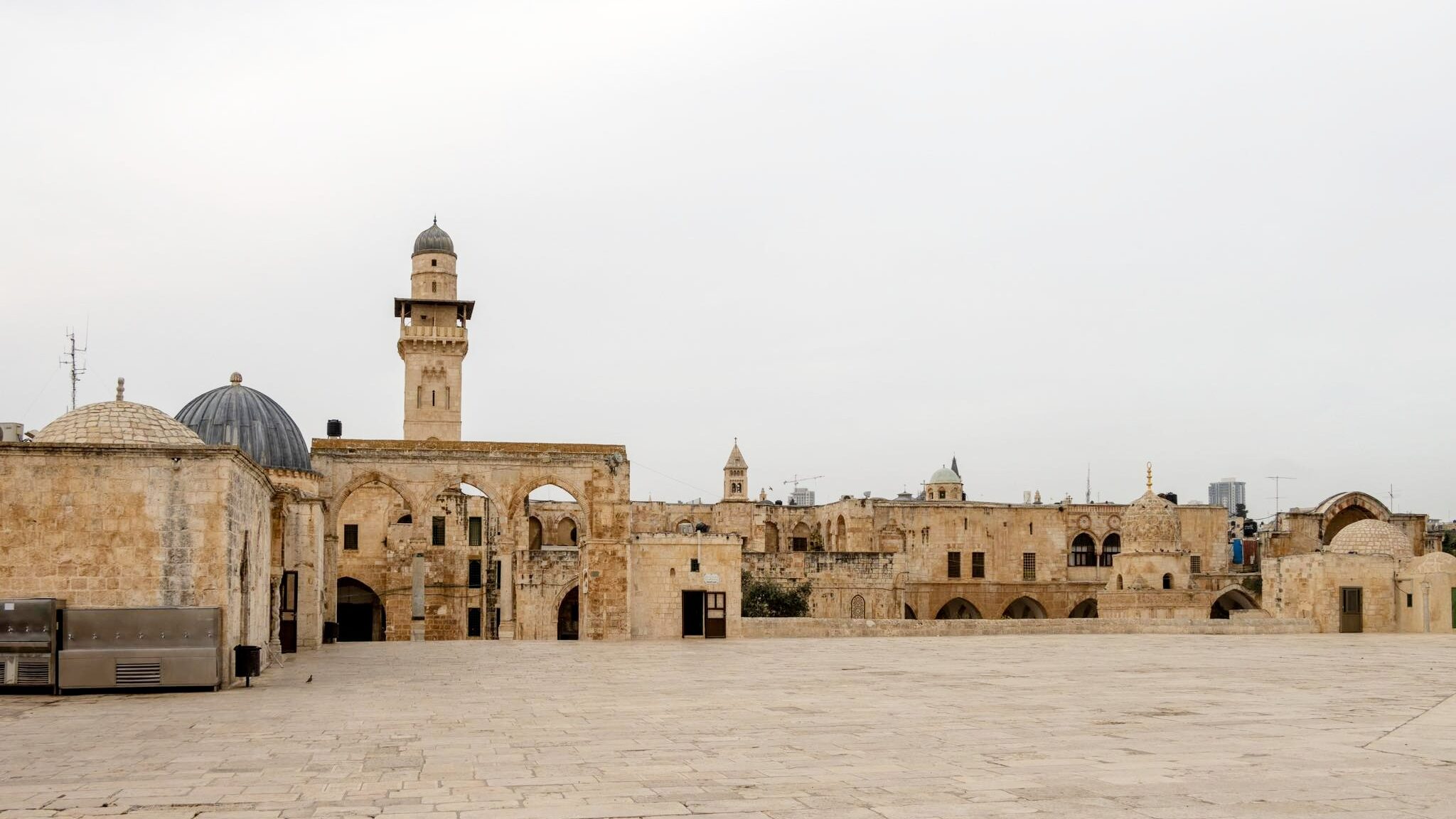
Temple Mount is one of the free landmarks of Jerusalem and it’s open 07:00-11:00 and 13:30-15:00 from Sunday to Thursday. There are very strict rules when visiting so make sure you dress appropriately or you’ll be provided with clothing. There’s also no touching of any kind or loud noises allowed. Non-Muslims are able to visit but they aren’t permitted to pray or enter the Dome of the Rock. They’re free to walk around the open spaces though.
To enter Temple Mount you’ll first need to pass through security to enter the Western Wall Plaza. There’s then a second set of security to gain access to the site itself. Note that queues can be very long, especially in peak season. I would highly recommend arriving before opening time so you can be one of the first people through.
3. Holy Sepulchre
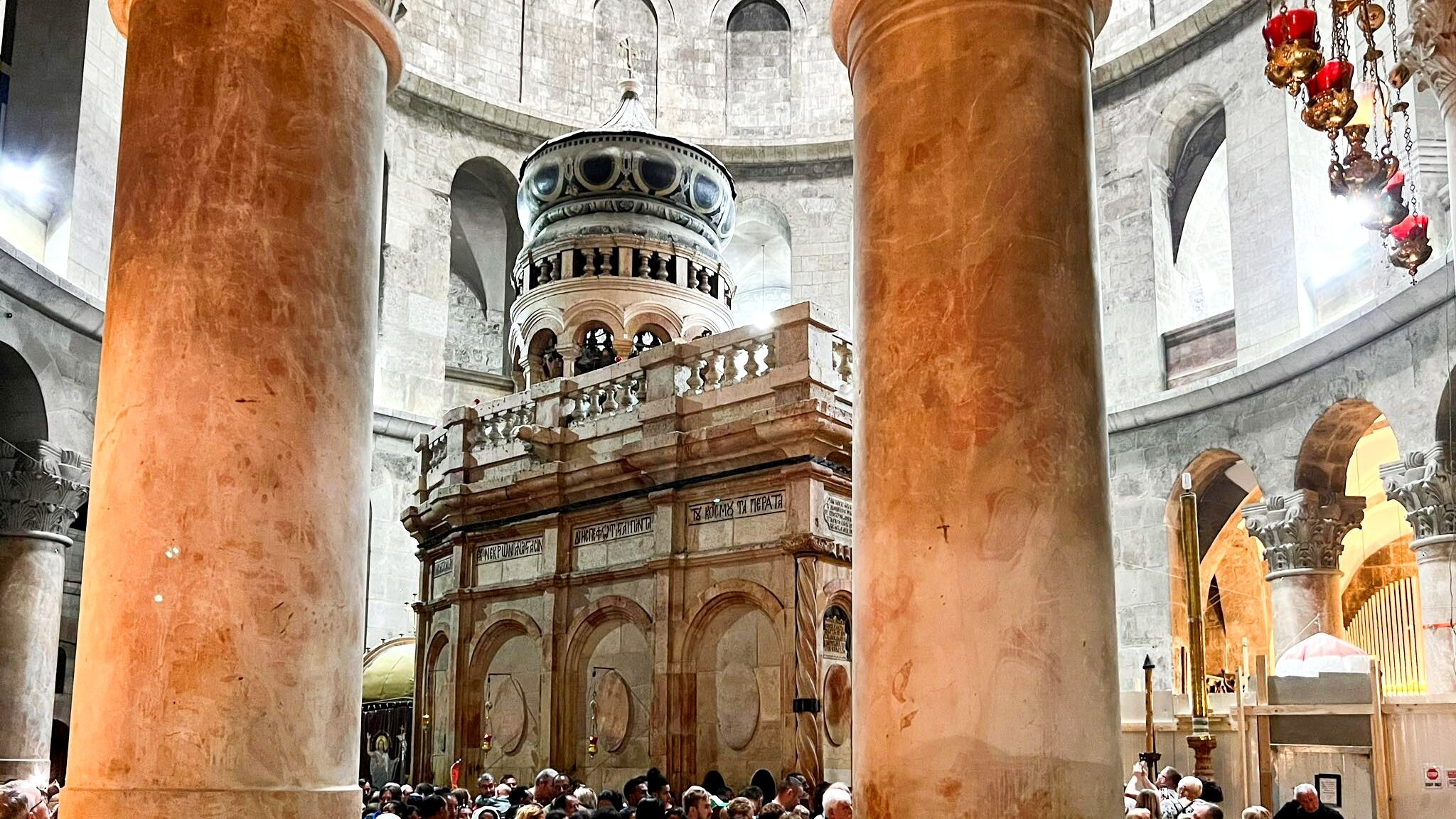
There are a lot of holy and historical sites in Jerusalem to visit. One of the most important places in Jerusalem for Christians is the Holy Sepulchre. It’s located in the Christian Quarter of the Old City. The church was built on the site of Jesus’ crucifixion and burial, and it’s a major pilgrimage site in Israel. It’s also the final stop along the Via Dolorosa.
A church was first built on this site by Constantine the Great in the 4th century. After centuries of the church being destroyed and rebuilt most of what you see today dates from the early 19th century. The Holy Sepulchre is a breathtaking biblical site in Jerusalem to visit, and as you enter you’ll realize there’s a lot to see inside.
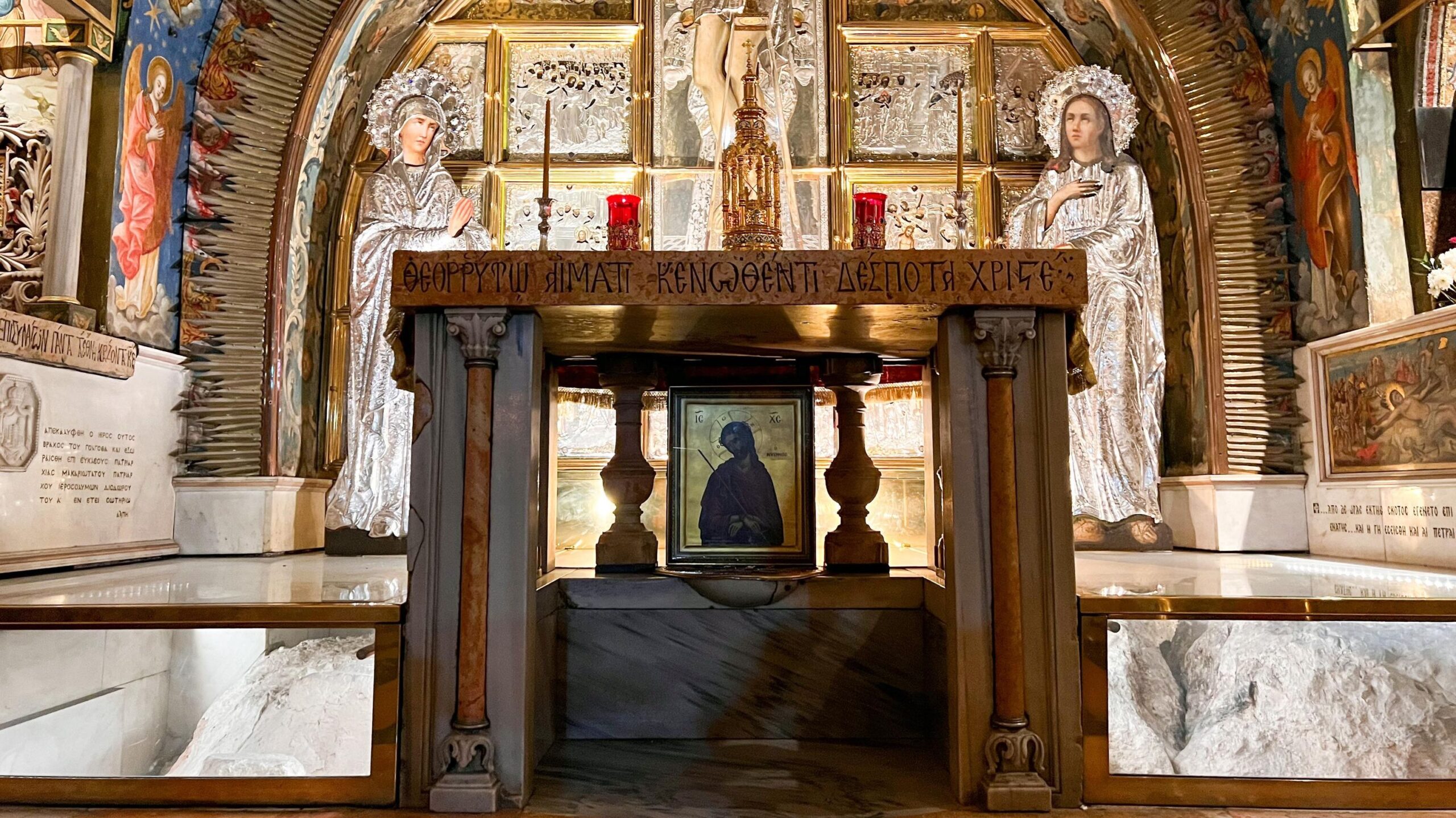
If you only have a short time to visit the Holy Sepulchre then the three main spots to see are: the Calvary or Golgotha where Jesus was crucified, the Stone of the Anointing where the body of Jesus was prepared for burial, and the Aedicule which is where the tomb of Jesus sits. You could easily spend half a day inside this church though, as it goes further underground too.
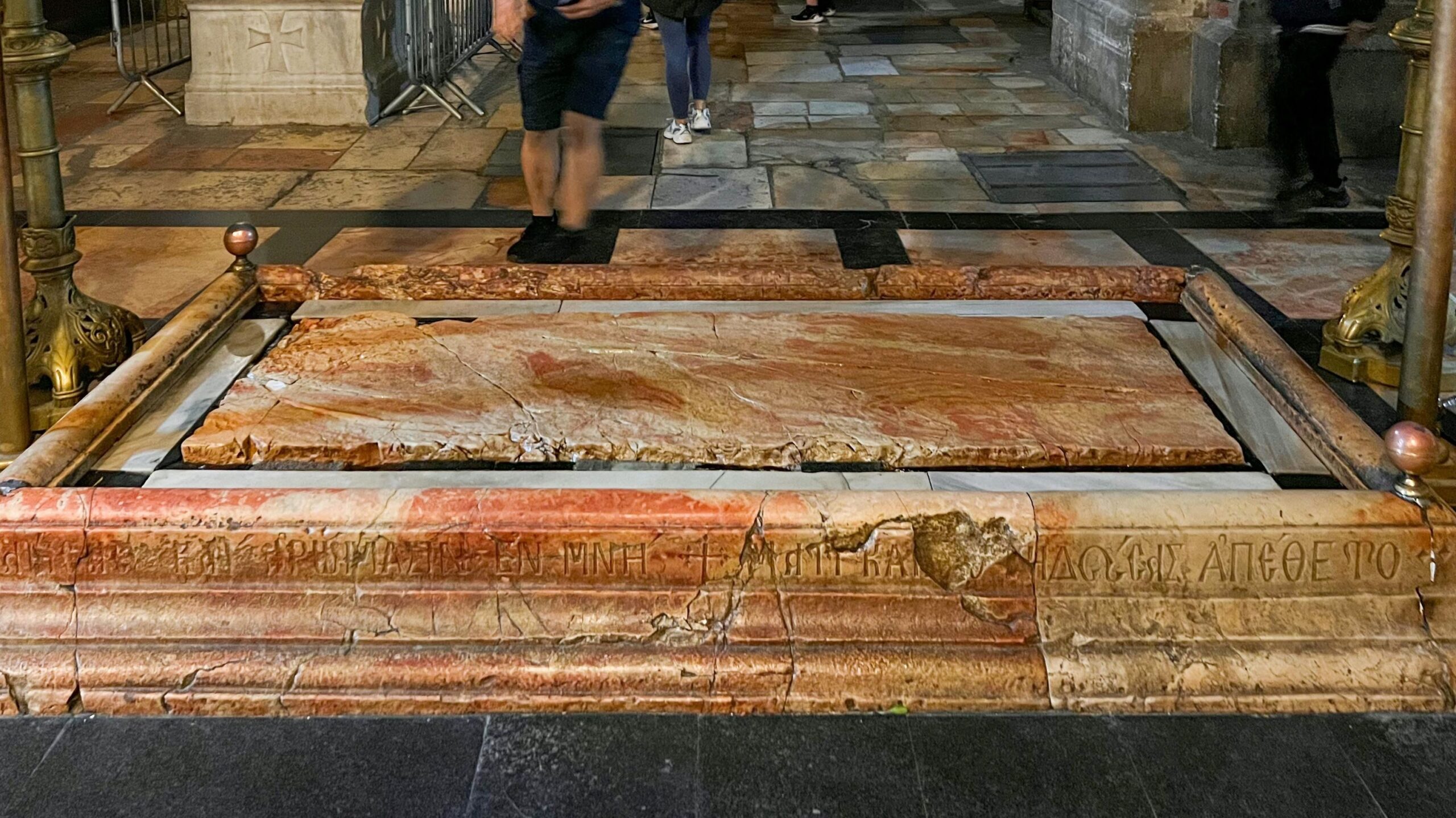
Like the other main historical sites in Jerusalem, the Holy Sepulchre is very busy. Luckily though, it’s open from 04:00-19:00 from October to March and 05:00-21:00 from April to September (closes at 20:00 on Sundays), so you have plenty of time to visit it.
I would highly recommend arriving as early as possible to avoid the enormous crowds. We visited just before closing and found that it wasn’t very busy compared to earlier in the day, so that’s another option. There’s no crowd control and entry to the Holy Sepulchre is free, but there’s always a queue to enter the tomb of Jesus itself. The queue is much shorter at off peak times though.
4. Tower of David
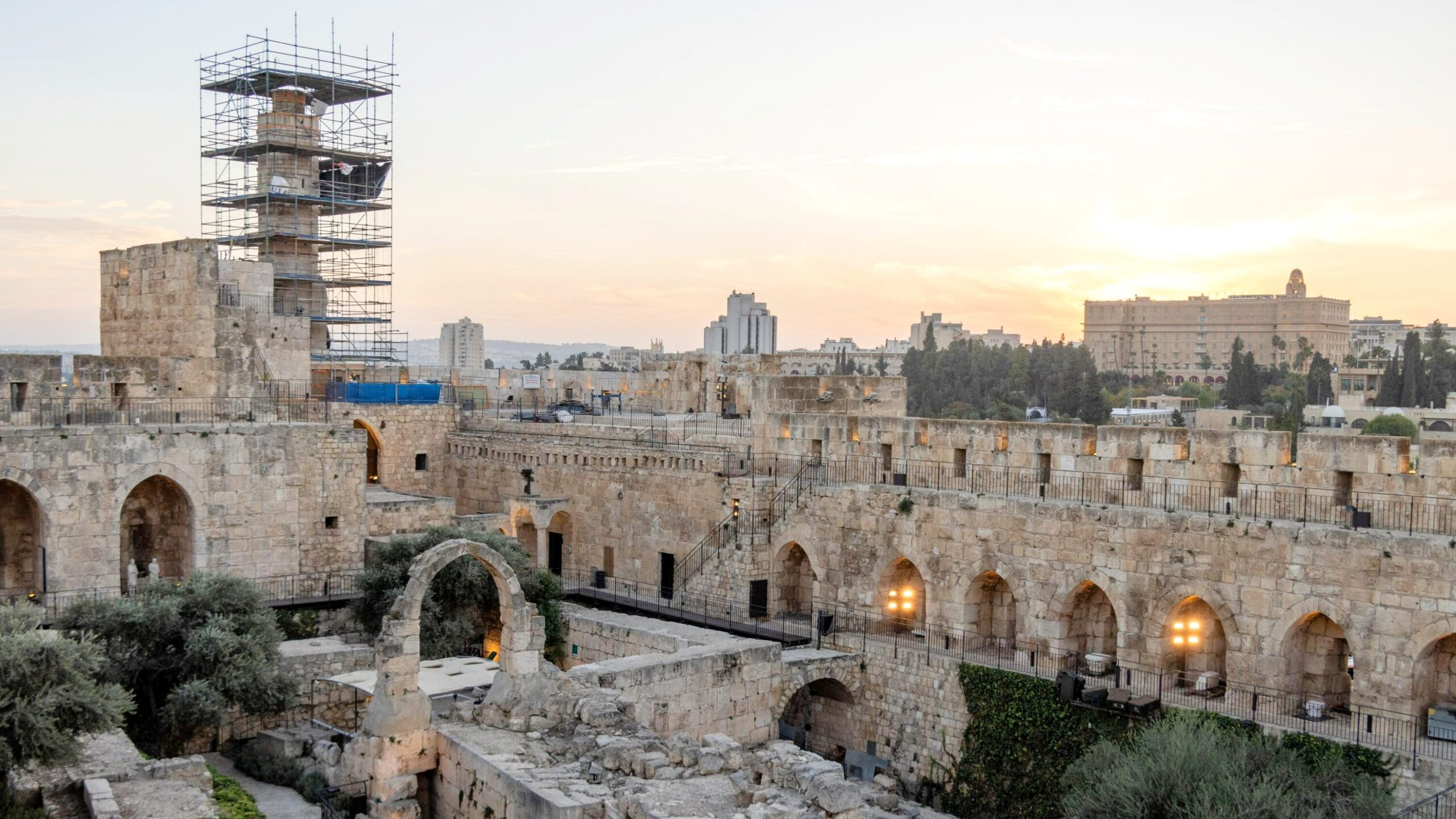
The Tower of David, also known as the Citadel, is located next to the Jaffa Gate. The building you see today dates back to the medieval period. However, it was originally built in the 1st century BC by King Herod as an entrance from the west. The confusion with the name came when Christian monks settled here as they believed it to be the remains of King David’s palace.
Today, the Tower of David is an important historical and archaeological site in Jerusalem. It’s home to a permanent museum exhibition about the history of Israel too which is worth looking at. This is one of the best places to visit in Jerusalem to watch the sunset as well.

For a unique evening experience in Jerusalem you can watch the biblical story of King David come to life through a light show which is projected onto the walls of the citadel. It’s a magical experience within the grounds of one of the top historical sites in Jerusalem. It uses sound and images only so it’s suitable for everyone regardless of what language they speak. The show lasts for around 40 minutes and costs 62 shekels, or you can opt for the VIP treatment.
5. Jaffa Gate
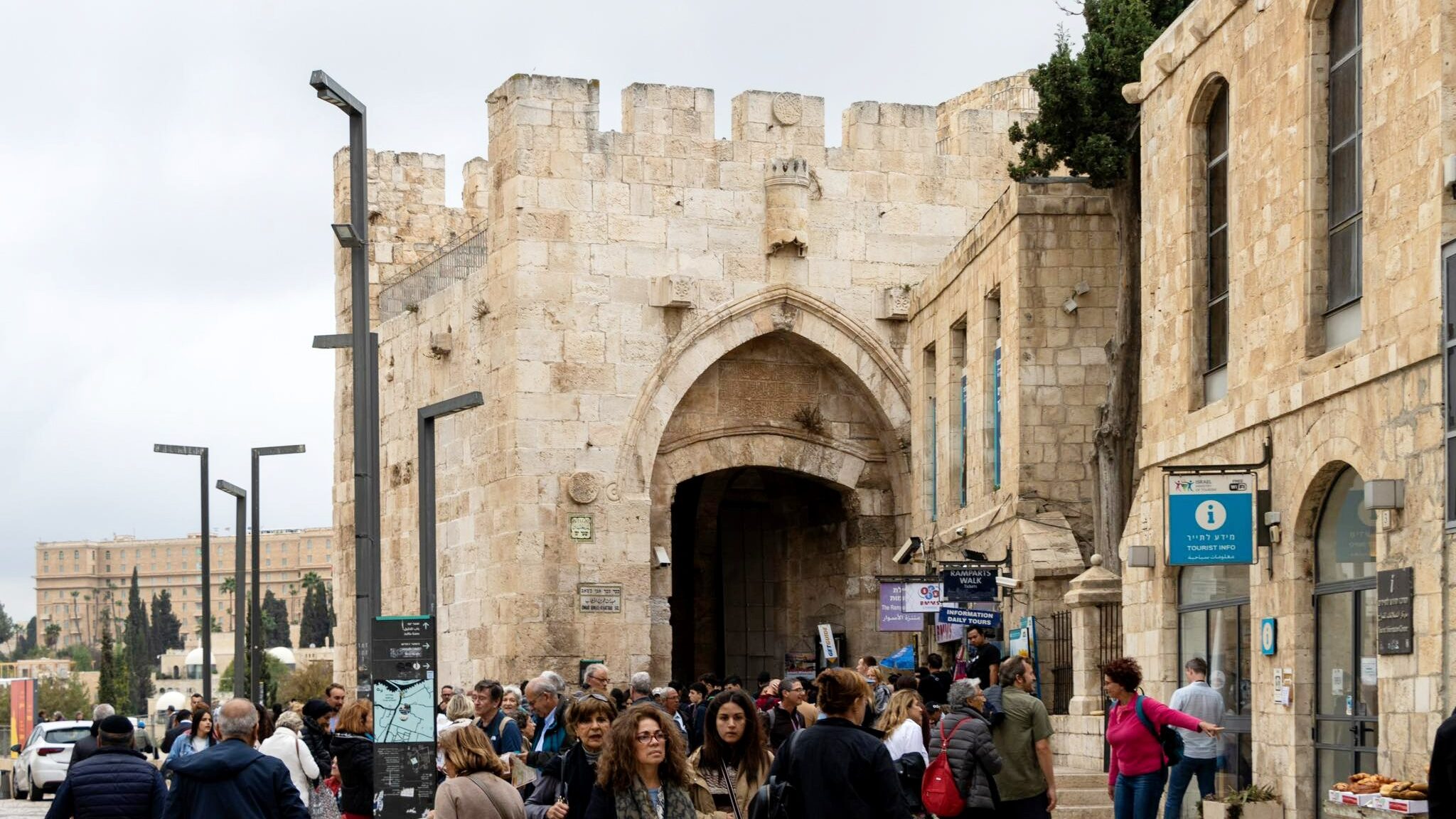
The Old City of Jerusalem was once a walled city. There are currently seven entry gates that you can pass through to enter the city. One of the most significant is the Jaffa Gate, often referred to as the Gate of the Friend. It marks the end of the road between ancient Jaffa and Jerusalem. Today’s structure dates back to the 16th century and stands as the entry point for western pilgrims.
6. Montefiore Windmill
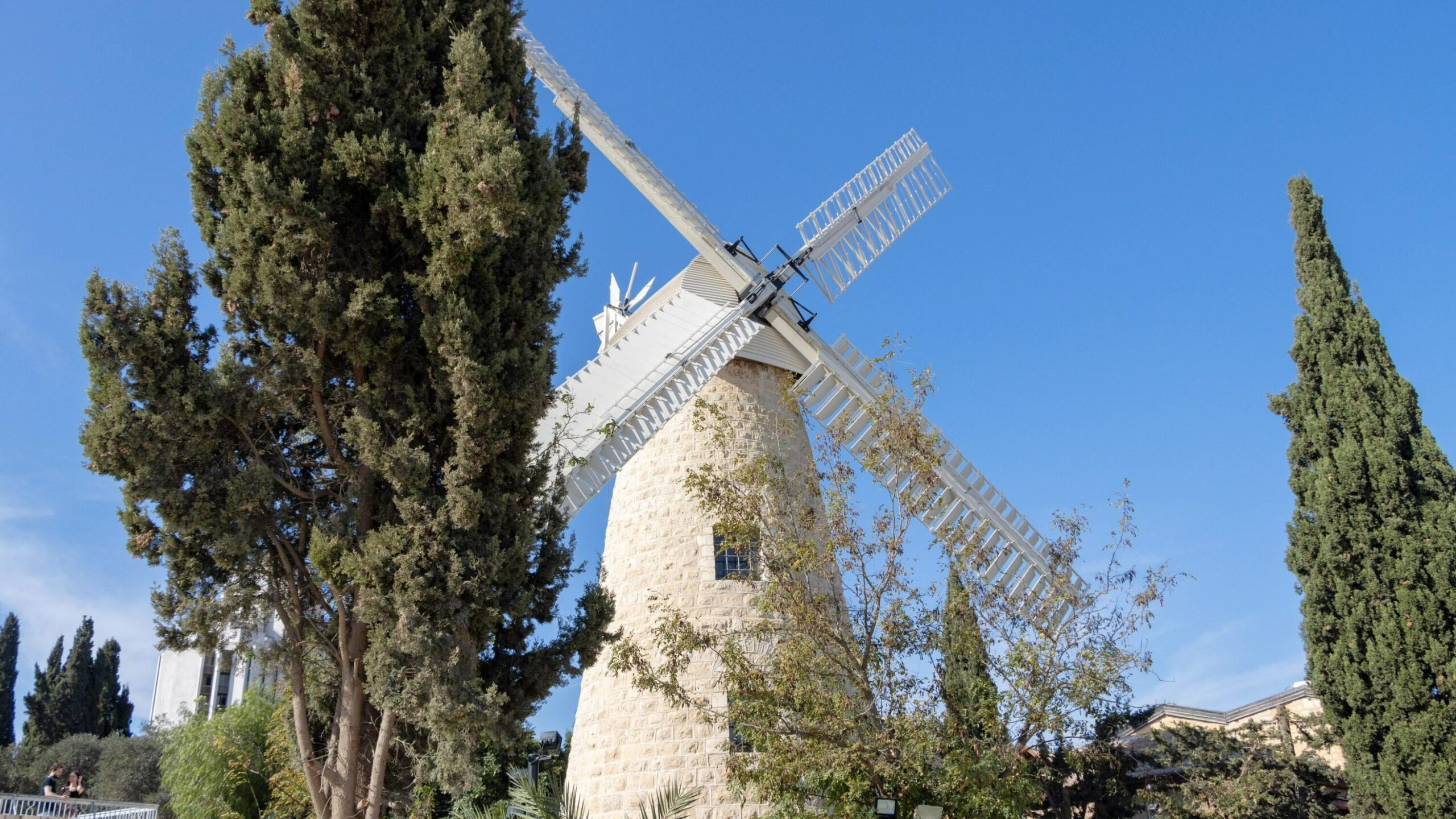
The Montefiore Windmill is one of the most famous buildings in Jerusalem. It was built in 1857 to allow residents to mill their own flour. Its location is significant as it sits within the first neighbourhood to be built outside of the Old City walls. Although it never functioned as well as hoped for, it soon became a landmark of the city. The windmill sadly deteriorated after the British blew it up in 1948. But in 2012 it was fully restored using the original plans.

As well as being one of the most unique historical sites in Jerusalem, Montefiore Windmill now hosts a wine shop inside of it. Jerusalem Vineyard Winery offers visitors a wine and cheese tasting experience next to the windmill with views of the Old City. It costs 135 shekels for 2 people which includes a cheeseboard and 2 wines, or 35 shekels per person for just a cheeseboard. They recommend booking in advance, especially later in the week, and are closed on shabbat.
7. Hurva Synagogue
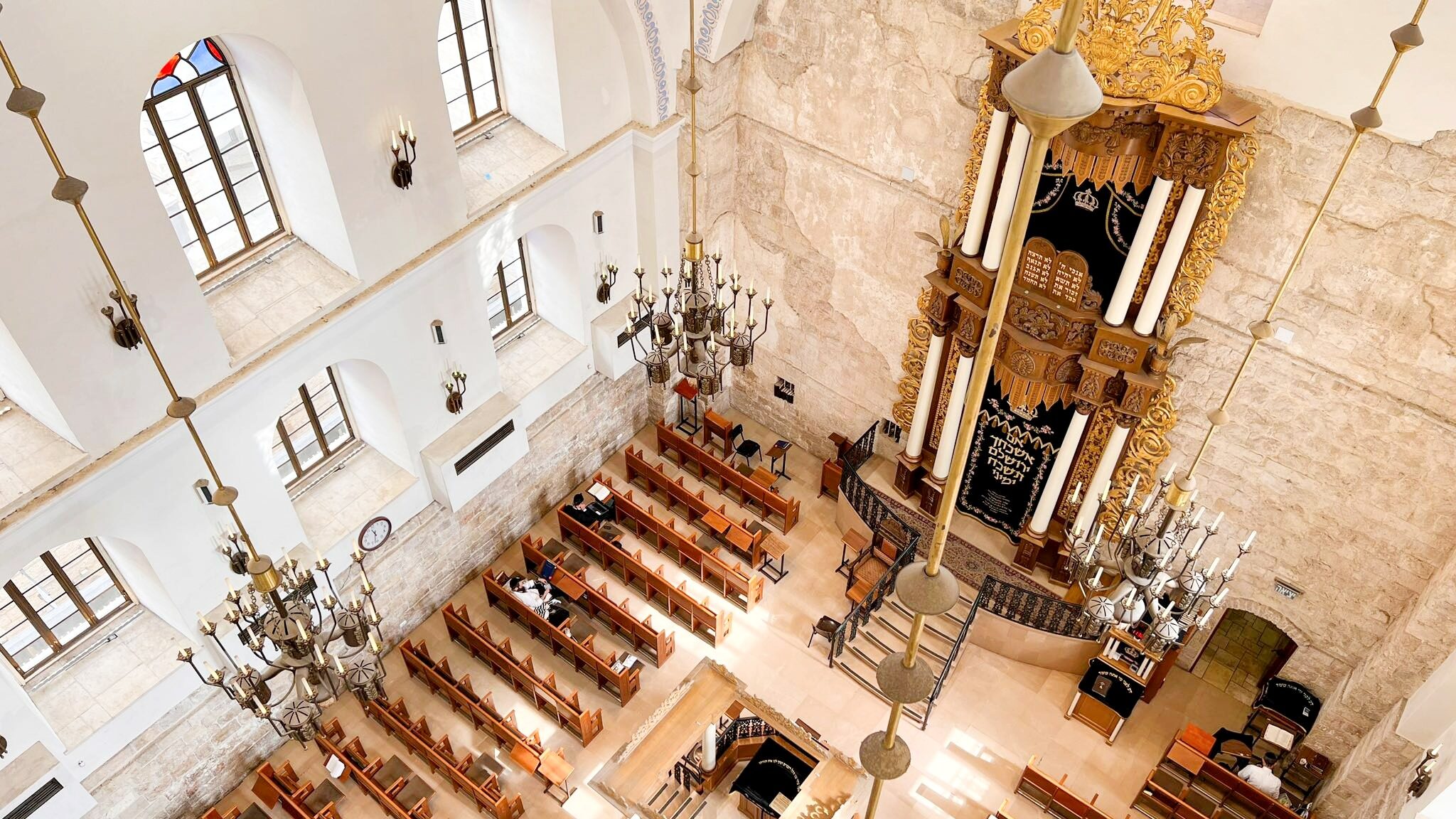
As you make your way through the Old City, you’ll notice a lot of religious buildings. Apart from the major holy sites, one of the most interesting historical sites in Jerusalem is the Hurva Synagogue. It’s located in the Jewish Quarter and dates back to the 16th century. Over the years the synagogue has been repeatedly destroyed and rebuilt, with the latest full restoration project being completed in 2010. Entry costs 20 shekels and the rooftop offers incredible views over the old town.
8. Old City
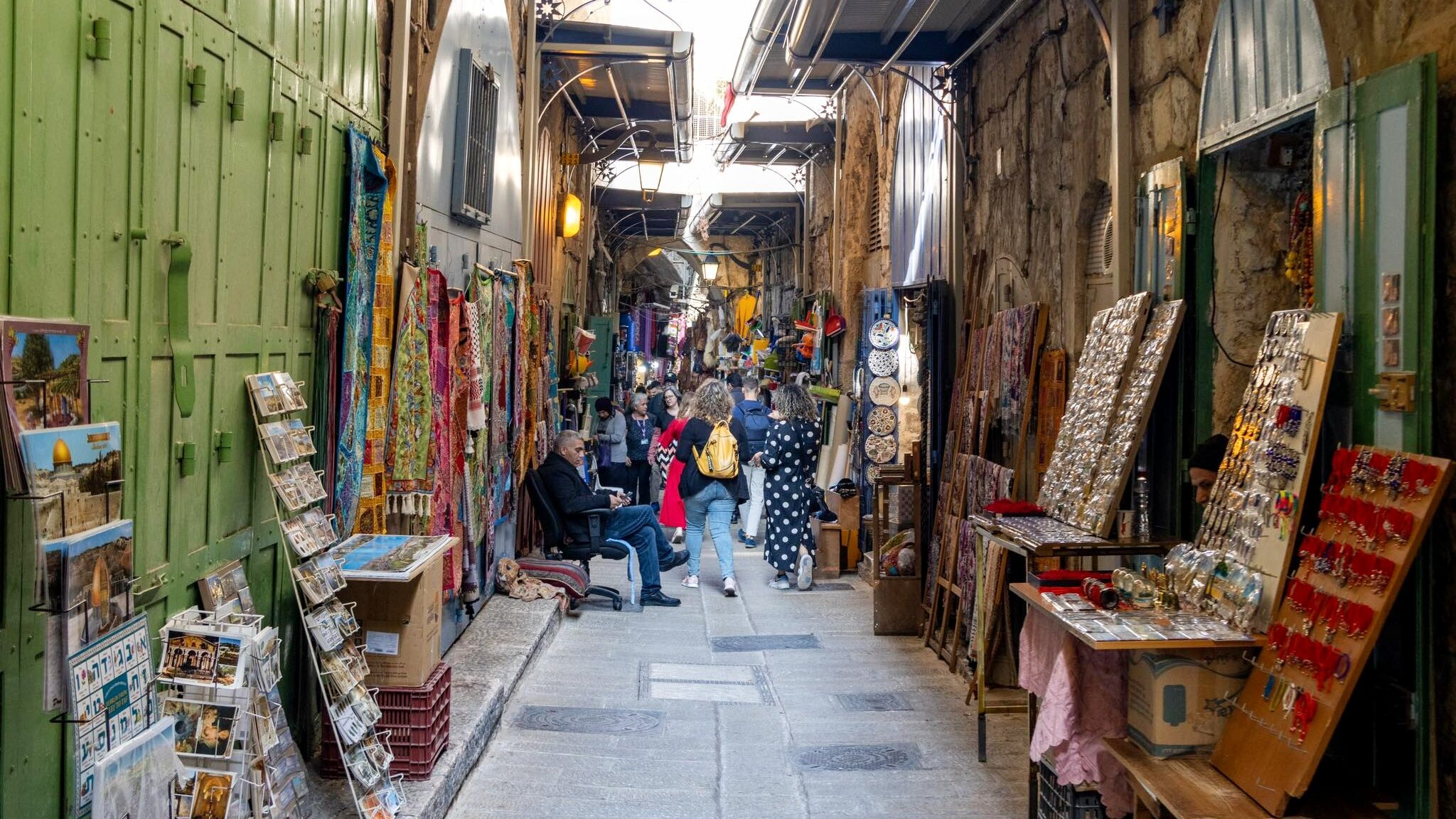
There are many historical sites in Jerusalem to visit, and plenty of sites of religious importance too. The entire Old City is worth taking the time to walk around as every street and corner has something special to offer. It’s split into four quarters (Christian, Jewish, Muslim, Armenian) and is said to be as old as time itself.
This centre of history, religion, and culture is unlike any other old town that you’ll come across. On top of the historical sites there are some incredible places to eat street food and traditional dishes, as well as plenty of market stalls.
9. Cave 24
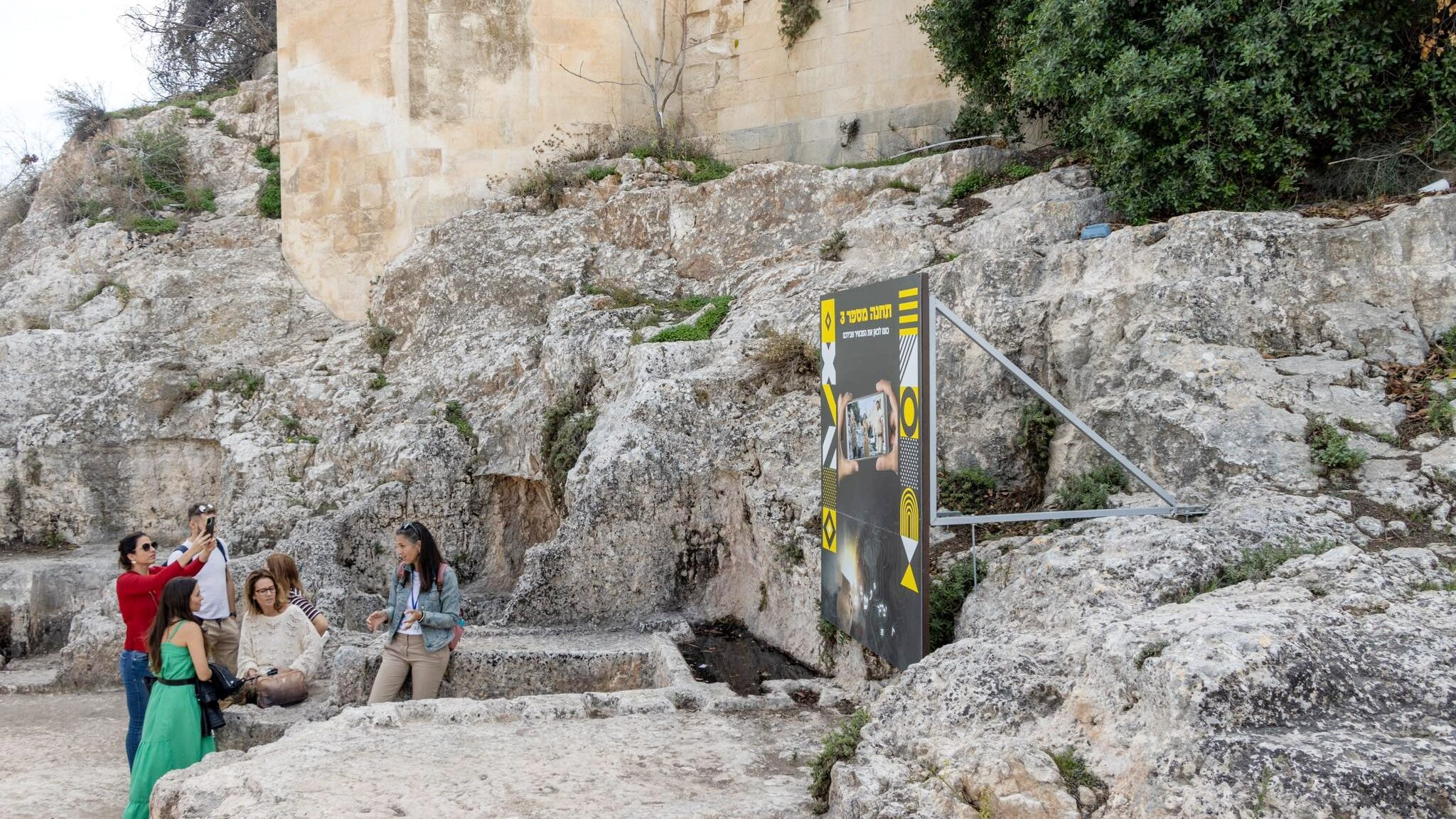
This historical attraction is a bit off the beaten path, outside of the Old City, but it’s worth visiting if you have a keen interest in archaeology. Cave 24 is an ancient burial chamber that contains some of the most important archaeological finds in Jerusalem.
As well as providing historians with greater insight into ancient burial ceremonies, a silver coin was found inside from the island of Kos which has been dated to the 6th century BC when coins first started to be minted. If you’re heading to the Montefiore Windmill, Cave 24 is less than 10 minutes away and is completely free to access.
10. Ein Karem
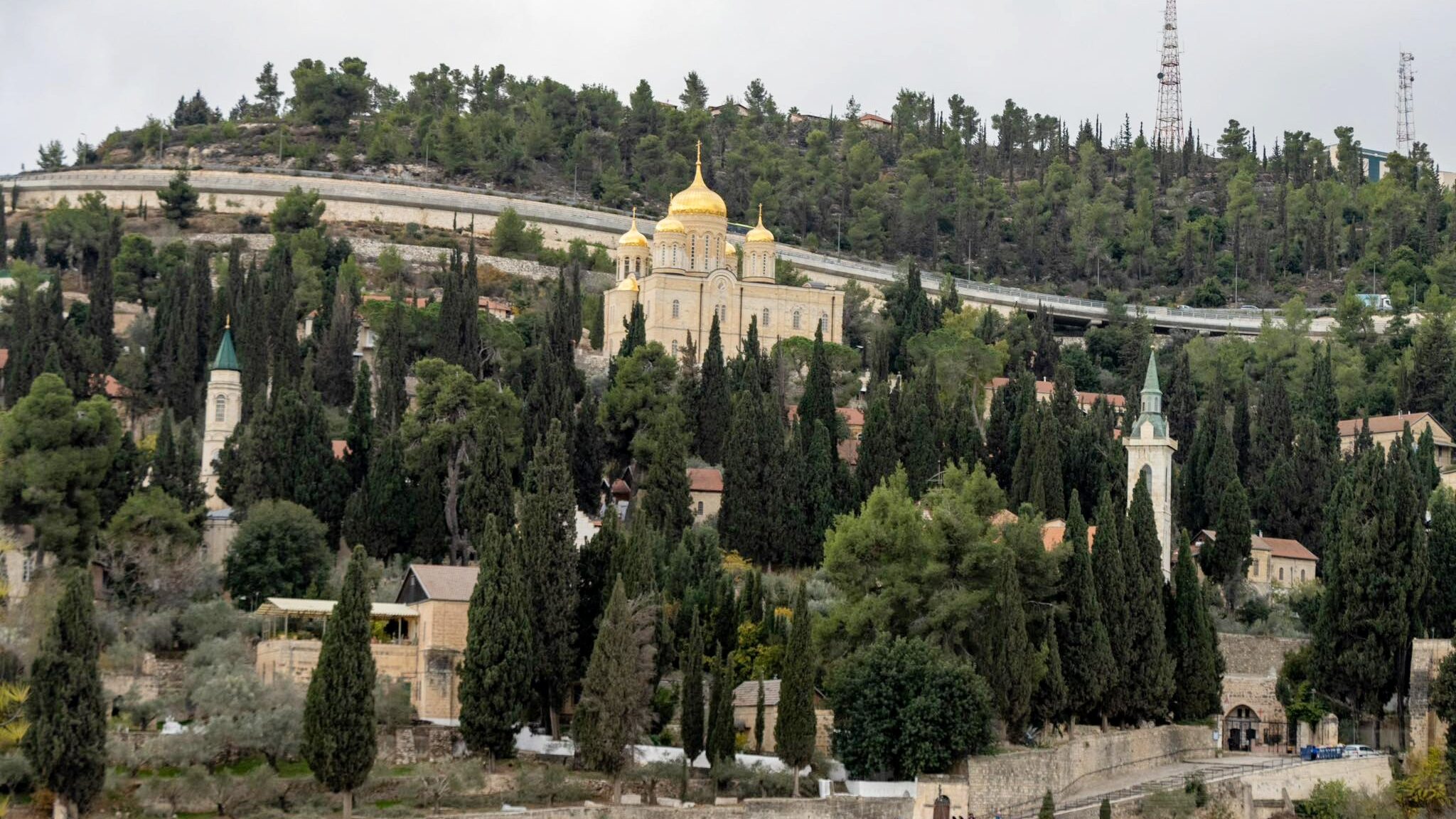
Outside of the Old City, one of the major pilgrimage sites in Jerusalem is the historic mountain village of Ein Karem. It’s a beautiful oasis in the western side of Jerusalem and it’s famous for being the birthplace of John the Baptist. This is also the location where Elizabeth and Mary met, which is why the village well is referred to as Mary’s Well. Ein Karem is beautiful to walk around, and many tourists opt for a guided tour so they can learn more about it.
If you’d like to stay in Ein Karem the Alegra Boutique Hotel is a beautiful choice of accommodation. It’s situated in a converted historical building which has an interesting love story tied to it. There are only a handful of rooms available here and they tend to book up very quickly with people looking for a tranquil stay.
Whether you’re looking to visit the sacred sites of Jerusalem, are visiting the city for a day as part of your tour of Israel, or are simply interested in exploring the historical sites of Jerusalem and trying out its fantastic food scene, this is one Middle Eastern city you’ll want to return to time and time again. 3 days in Jerusalem is enough time to visit most of the main attractions in the Old City, but to get a feel for its modern characteristics you’ll need to stay a bit longer.
We can’t wait to visit Jerusalem again and find more hidden gems, so if you’ve travelled here before I’d love to hear some more recommendations. Feel free to let me know in the comments section below. You can follow my travels on Instagram too for more travel tips.
This post may contain affiliate links, which means I may earn a commission from the discount codes used or when a link/ad is clicked. All purchases made will come at no extra cost to you, and I only include products and services that I would personally recommend.
Pin this blog post for later!

